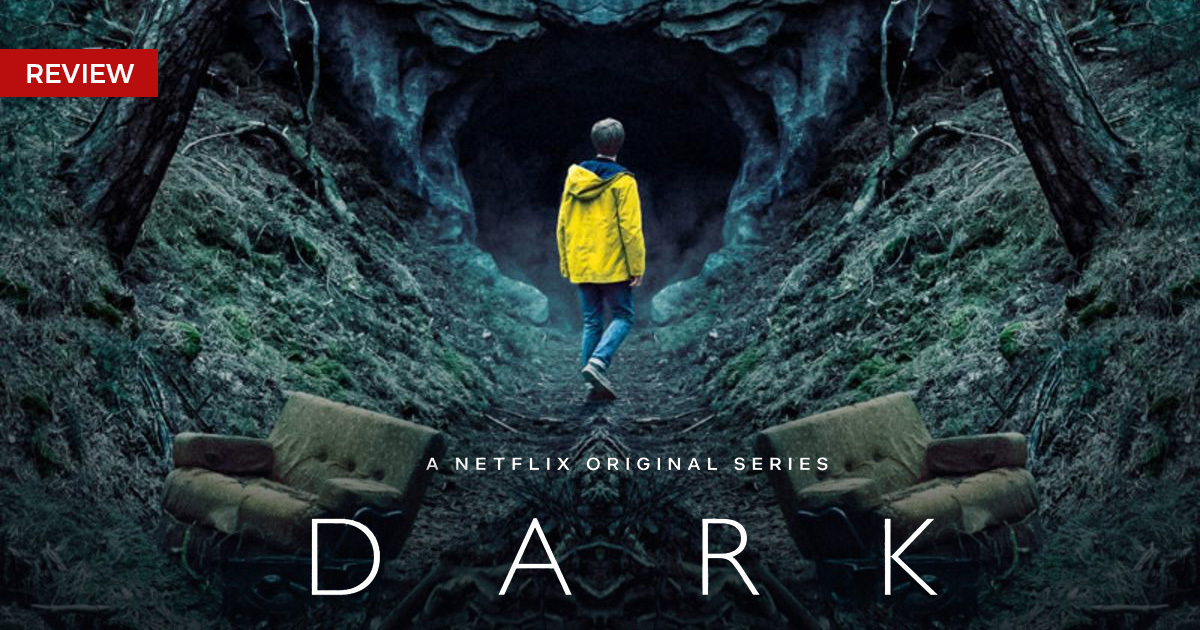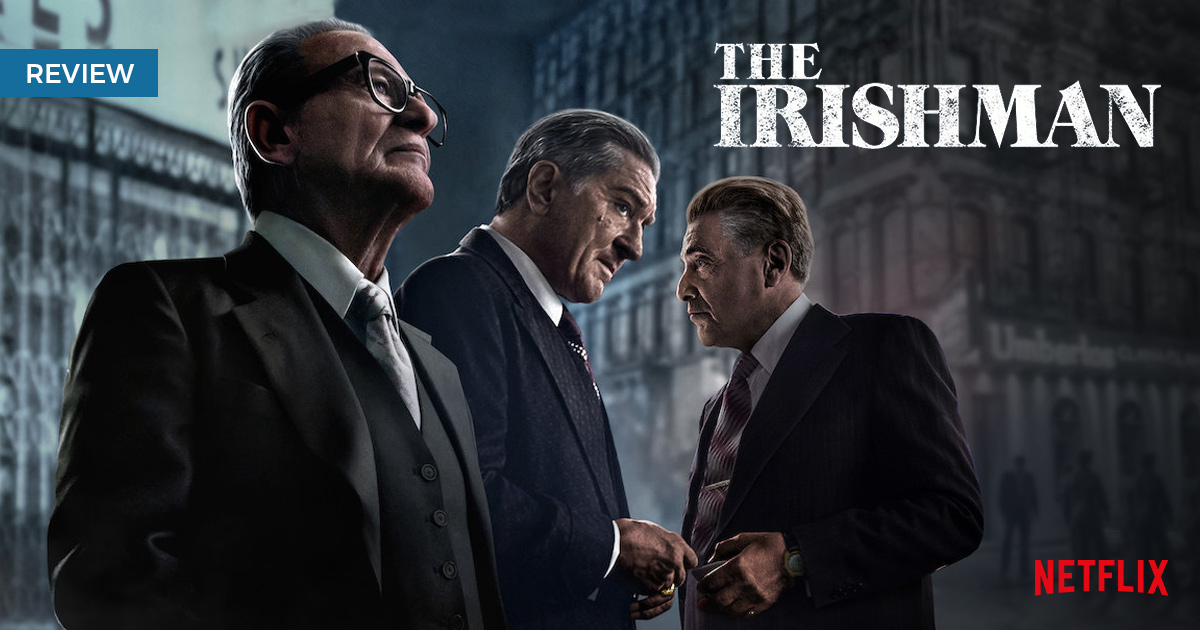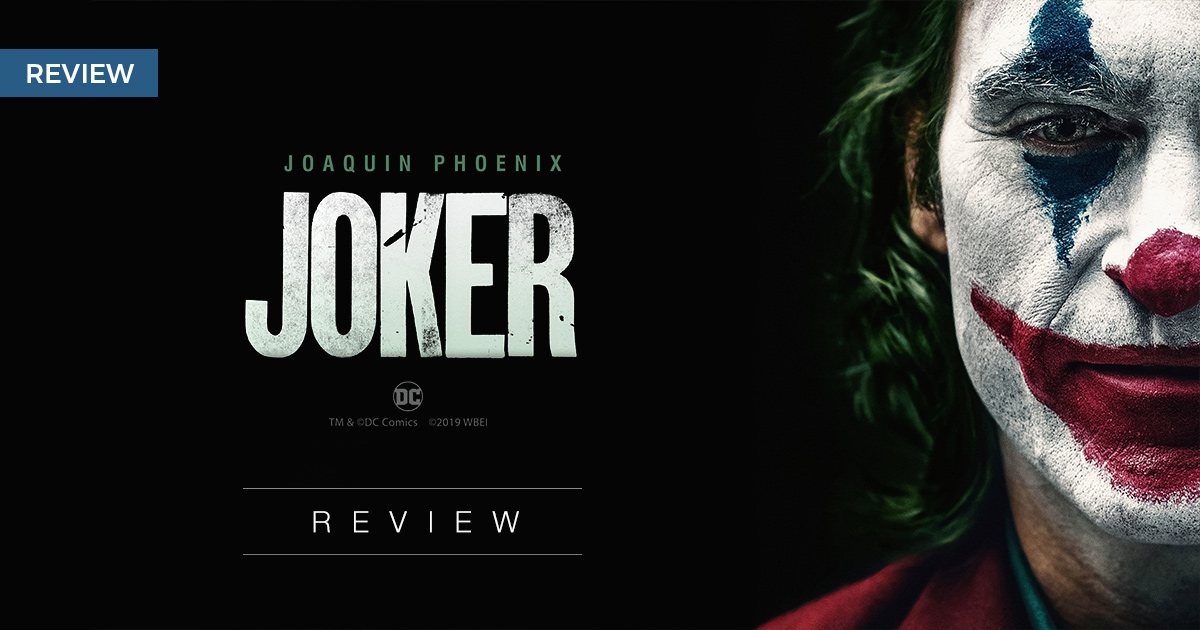 “You can’t depend on your eyes when your imagination is out of focus,” wrote humorist Mark Twain in A Connecticut Yankee in King Arthur’s Court, a story exploring events triggered by an engineer’s travel through time and space. While watching Dark, Netflix’s German sci-fi thriller, you have to keep your imagination and attention both in sharp focus to follow the mind-bending plot of characters and storylines in the past, present and future.
“You can’t depend on your eyes when your imagination is out of focus,” wrote humorist Mark Twain in A Connecticut Yankee in King Arthur’s Court, a story exploring events triggered by an engineer’s travel through time and space. While watching Dark, Netflix’s German sci-fi thriller, you have to keep your imagination and attention both in sharp focus to follow the mind-bending plot of characters and storylines in the past, present and future.
Winden, the fictional German town, is home to a soon-to-be-decommissioned Nuclear Power Plant and four families that are interconnected by dark pasts and complicated relationships. The town is alarmed by consecutive disappearances of two children – Erin and Mikkel, in circumstances similar to the disappearance of police inspector Ulrich Nielsen’s brother, Mads, 33 years ago. Adjacent to the power plant lies a mysterious cave system in the woods surrounding Winden that contains a wormhole used to travel through time.
The time travelling members of the Kahnwald, Nielsen, Doppler and Tiedemann families visit younger and older versions of the townsfolk at different points in time and, adding to the paradoxical confusion, they meet and interact with their own selves. The central character is Jonas Kahnwald, a teenager traumatized by his father’s suicide, who plays key roles in the overall course of events. Adam is the leader of Sic Mundus, a secret society of time travellers, and with his ally Noah, a sinister priest, is trying to end the circle of time. Adam’s only opponent is Claudia Tiedemann, the woman who was in charge of the nuclear plant in her youth and now is on a mission to change the course of history and prevent the death of children.
The story begins in 2019 and spreads to include events in 1921, 1954, 1987, 2020 and 2053. The characters deal with crumbling relationships, secret affairs, wrecked marriages and grief of missing family while the plot also delve into the philosophical queries of fate, free will and metaphysical implications of time travel. We trust that time is linear. That it proceeds eternally, uniformly. Into infinity. But the distinction between past, present and future is nothing but an illusion. Yesterday, today and tomorrow are not consecutive, they are connected in a never-ending circle. Everything is connected – The Stranger explains.
Winden caves are not the only means of time travel, there is an actual ticking time machine with intricate gears, cylinders and springs, a beauty in action actually that creates a wormhole allowing travel in the past and future in 33-year increments. The machine is built by the clockmaker H.G. Tannhaus who gets the blueprint of the device from Claudia travelling back to 1953 so that he could deliver a working device to Jonas in 1986 to enable him close the wormhole. The clockmaker authors a book on theoretical framework for time travel called A Journey Through Time, a copy of which is shown to him by Ulrich before it’s even written.
The show is often compared to Stranger Things and there certainly are common elements such as missing children, a small town, mysterious facility, flickering lights, 80s nostalgia and supernatural phenomenon. But Winden is far gloomier and darker than Hawkins, with the smoking cooling towers of the power plant looming large over the grey landscape of the town. The overlapping relationships in the town are best described by this line by Jonas – Now I have another Grandma, and she’s the principal of my school. Her husband, who’s fucking my mom, is looking for his son, who’s my father! A few days ago I kissed my Aunt!
Changing dynamics of the relationships, as the past and future keep influencing each other, is captured beautifully in some scenes. One such moment is between Martha and future Jonas in an uncharacteristically bright sunny day by the Winden lake where Jonas is torn between his love for Martha and a moral burden of the knowledge that they are now related. With all its time jumps and intertwined loops of events, Dark creates an intense, slow-burning, yet coherent narrative that challenges the audience to come to terms with a reality where histories are not cast in stone.
The question is not where, but when – that’s how in the first season the premise of the story is established. The second season ends with several mind-numbing questions and cliffhangers. A new Martha arrives carrying an advanced kind of time machine and sets the tone for the things to follow – The question isn’t what time, the question is what world. The countdown for the Season 3 begins – Tick-tock, Tick-tock, Tick-tock…
Photo Credit: Netflix



